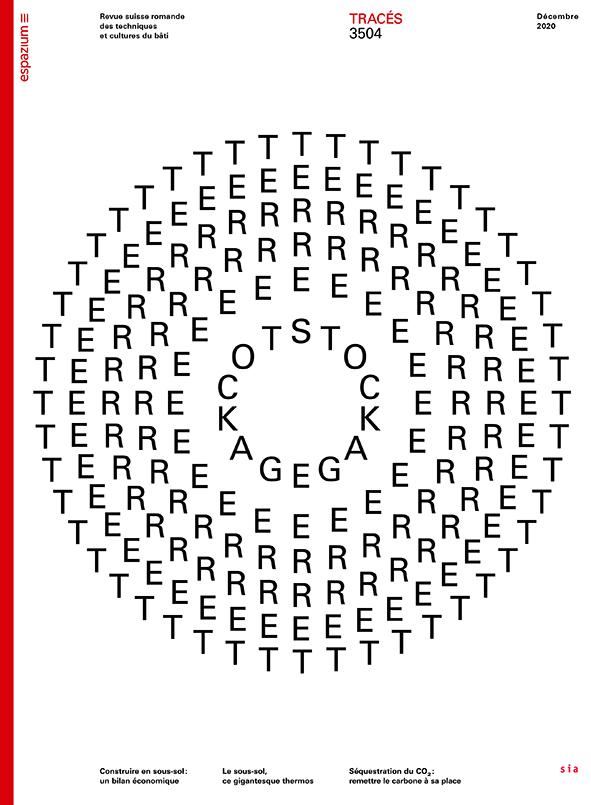17 juin 2025
31 mai 2021
Publication . Construire en sous-sol: un bilan économique (Michael Doyle et al.)

Construire en sous-sol: un bilan économique (auteurs : Michael Doyle (Professeur à l’École d’architecture de l’Université Laval), Aurèle Parriaux (EPFL) et Philippe Thalmann (LEURE, EPFL))
La construction souterraine n’est pas beaucoup plus coûteuse qu’en surface : telle est la thèse que soutiennent les auteurs de cette étude comparative de différents scénarios d’une construction fictive en surface ou souterraine. Elle devrait permettre de dissiper certaines idées erronées sur la construction en sous-sol, alors que cette stratégie, qui contribue à réduire l’étalement urbain, s’apprête à entrer dans les politiques urbaines.
L’article est paru en français dans la revue Tracés. La version anglaise est également disponible sur le site de la revue Buildings.
Plus récemment, le think/tank Think Deep UK a invité Michael Doyle à présenter cette recherche lors d’une conférence virtuelle.
(Résumé de conférence) In the construction industry, underground construction is perceived as being significantly more costly and more energy-consuming than comparable surface construction. Although the literature is scarce, studies that have attempted to quantify this difference tend to compare built projects in very heterogeneous conditions. The objective of this talk is to present the results of life cycle cost and energy consumption simulations conducted as part of the Deep City project at the EPFL, Switzerland. First, I will begin by examining some preconceptions the construction industry seems to have about underground construction as reported in the press from 2007 to 2017. Then, I’ll present the method and results of two unpublished studies on the differences in costs and energy consumption of a hypothetical commercial building project in two different geological contexts. Finally, I’ll share the results of our study, which suggest that architects, engineers, and planners cannot be so categorical about the financial and environmental consequences of underground construction.